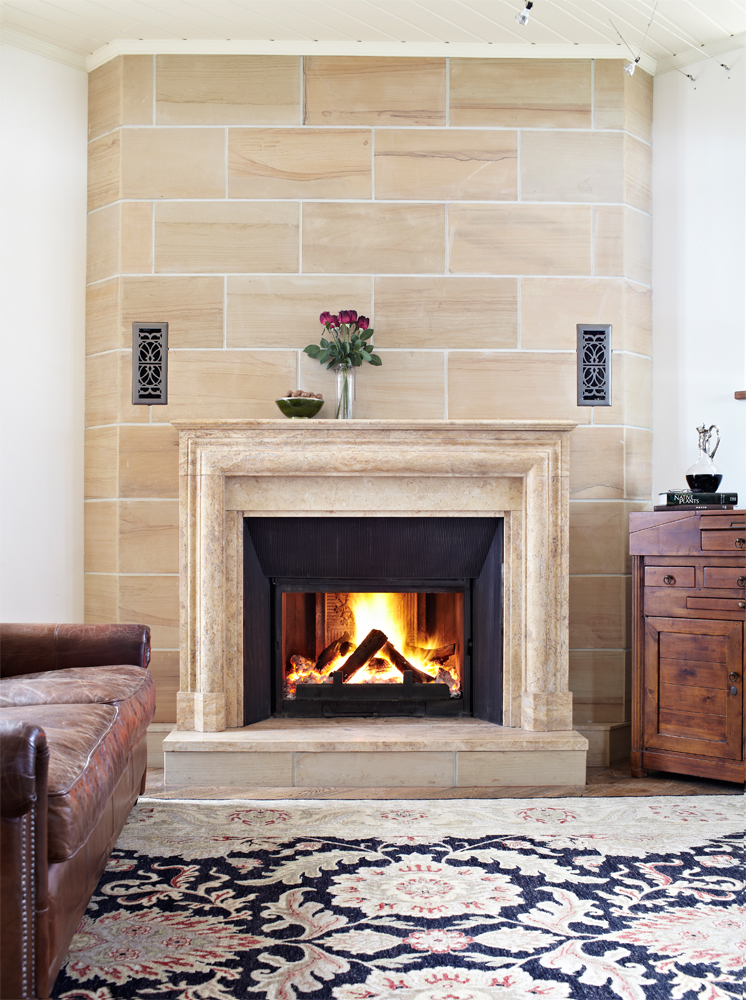When it comes to lighting, there’s so much more to consider than just how many pendant lights to install
While the main purpose of interior lighting is to provide visibility when natural light is unavailable or insufficient, it inherently contributes to the ambience and interest of a space as well. In light of this, consult your designer or do some due diligence before making any purchases, to ensure your new space exudes the atmosphere you desire.
Light and science: The psychology of light
Humans react differently to various types of light. Lighting can affect the behaviour of those using a space, which is why it is crucial to plan your lighting at the beginning of a renovation or design project. A few key pointers about human behaviour in relation to light which should be taken into consideration:
- Keeping areas where vertical and horizontal points of a space (such a as a wall and floor) meet well-lit will aid orientation and navigation.
- People intrinsically gravitate towards the brightest and best-lit areas.
- Body positions are sometimes unconsciously altered as an effect of the positioning of lighting.
- Warm light (light with a low-colour temperature of 2700-3000 kelvins) is known to induce a feeling of relaxation, while cool light (light with a high-colour temperature of over 5000 kelvins) can lead to increased concentration and alertness.
Light and art: Aesthetic importance
Humans tend to judge a book by its cover, so the appearance of your lighting can make or break the ambience of a room. Consider the lighting style used in adjoining spaces and other areas of the home to ensure a sense of continuity. Don’t be afraid to experiment with the unusual to create an element of interest, whether this is placing traditionally outdoor lighting indoors, investing in a statement chandelier (like the ones available here), or clustering several pendant lights together to add an element of character to the space.











